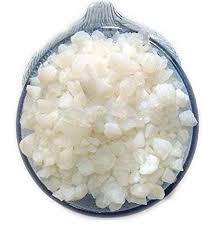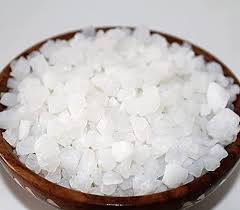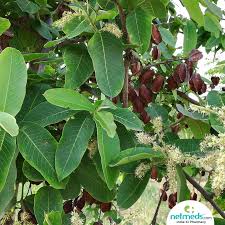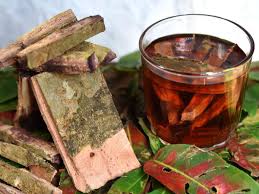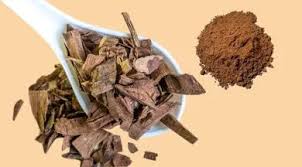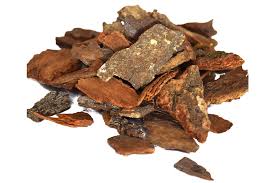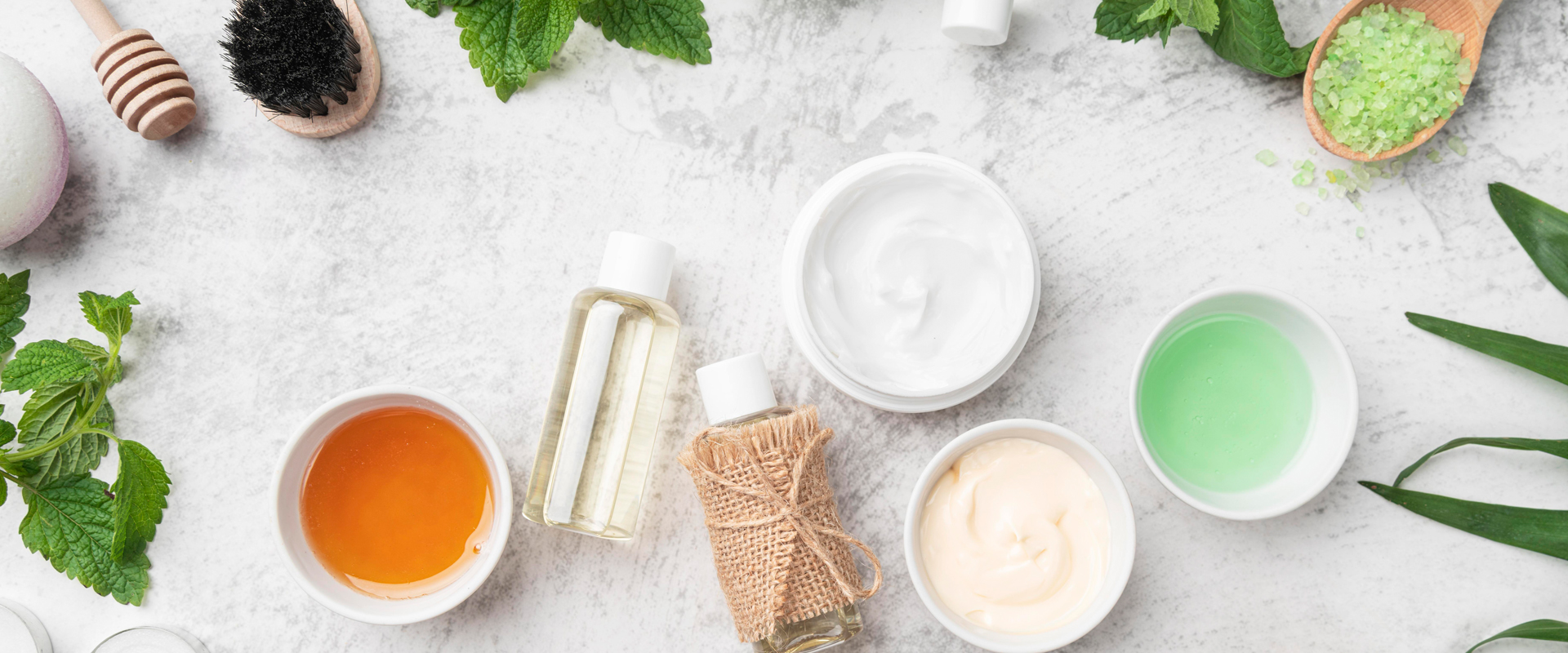
Save Indigenous Herbs: Cultivate Paneer Phool in Your Garden
Indigenous herbs play a vital role in traditional medicine, nutrition, and sustainable agriculture. Paneer Phool, commonly known as cauliflower, is not only a nutritious vegetable but also an important indigenous plant with cultural and culinary significance. Unfortunately, modern agricultural practices and reliance on commercial crops have led to a decline in the cultivation of native herbs and vegetables. By cultivating Paneer Phool in your home garden, you can contribute to the preservation of indigenous herbs while enjoying fresh, chemical-free produce. This article provides a detailed guide on growing Paneer Phool in home gardens, including planting techniques, soil preparation, care, harvesting tips, and the benefits of promoting indigenous herb cultivation.
Long Description:
Importance of Indigenous Herbs:
Cultural Heritage: Indigenous herbs like Paneer Phool have been part of traditional diets and remedies for centuries.
Biodiversity Conservation: Cultivating native plants supports local ecosystems and preserves genetic diversity.
Nutritional Benefits: Indigenous vegetables are often more nutrient-rich than commercially produced varieties.
Sustainable Agriculture: Promotes eco-friendly practices and reduces dependency on chemical inputs.
Why Grow Paneer Phool in Your Garden:
Fresh, Healthy Produce: Homegrown Paneer Phool is free from harmful chemicals and pesticides.
Cost-Effective: Growing your own vegetables reduces grocery expenses.
Educational Value: Provides a learning opportunity about native plants and sustainable farming.
Environmentally Friendly: Reduces transportation emissions and packaging waste.
Supports Local Biodiversity: Encourages pollinators and beneficial insects in your garden.
Selecting the Right Site and Containers:
Sunlight Requirements: Paneer Phool requires 6–8 hours of sunlight daily.
Soil Quality: Well-draining, fertile soil with a pH of 6.0–7.0 is ideal.
Container Gardening: Use pots or raised beds with proper drainage if space is limited. A pot depth of 12–15 inches and a diameter of at least 12 inches is recommended.
Spacing: Maintain adequate spacing (10–12 inches) between plants to allow healthy growth and air circulation.
Preparing Soil for Planting:
Organic Enrichment: Incorporate compost, well-rotted manure, or vermicompost to enhance fertility.
Soil Texture: A loamy soil mixture ensures proper drainage and root development.
Mulching: Apply mulch such as straw or dry leaves to retain moisture, regulate soil temperature, and reduce weeds.
Seed Selection and Planting:
Choosing Seeds: Select high-quality, disease-resistant Paneer Phool seeds from trusted sources.
Sowing Method: Seeds can be started in seed trays or directly in garden beds. Sow seeds about half an inch deep and cover lightly with soil.
Watering: Keep soil consistently moist until seedlings are established. Avoid overwatering, which can lead to root rot.
Caring for Paneer Phool Plants:
Watering Practices: Water plants in the morning or evening to reduce evaporation and prevent fungal growth.
Fertilization: Use organic fertilizers such as compost tea or liquid manure every 2–3 weeks. Avoid excessive nitrogen, which promotes leaf growth over head formation.
Pest Management: Control pests like aphids, caterpillars, and cabbage worms using neem oil sprays, garlic extracts, or other natural remedies. Encourage beneficial insects like ladybugs to manage pests naturally.
Pruning: Remove yellow or damaged leaves to improve plant health and airflow.
Supporting Healthy Growth:
Rotation and Companion Planting: Rotate crops and plant companion species such as marigolds, beans, or herbs to improve soil fertility and deter pests.
Staking: Use small supports if plants become top-heavy, especially in windy areas.
Monitoring: Check plants regularly for signs of disease, nutrient deficiency, or pest infestation. Early detection ensures timely intervention.
Harvesting Paneer Phool:
Timing: Harvest heads when they are firm, compact, and fully formed, typically 70–90 days after sowing.
Technique: Cut the head with a sharp knife, leaving some leaves attached to protect the crown.
Regular Harvesting: Removing mature heads encourages continuous production and prevents over-maturity, which can make florets tough.
Preserving Indigenous Herbs Beyond Cultivation:
Seed Saving: Collect seeds from mature plants for next season to maintain indigenous varieties.
Sharing and Education: Share seeds with neighbors or community gardens to encourage wider cultivation of native plants.
Awareness: Educate others about the importance of growing and preserving indigenous herbs.
Health and Nutritional Benefits of Paneer Phool:
Rich in vitamins C, K, and B-complex, supporting immunity and overall health.
Contains minerals like calcium, potassium, and magnesium essential for body function.
High in fiber, aiding digestion and promoting heart health.
Antioxidant-rich, which may help reduce inflammation and prevent chronic diseases.
Conclusion:
Cultivating Paneer Phool in your garden is a practical and meaningful way to contribute to the preservation of indigenous herbs while enjoying fresh, nutritious vegetables. By selecting suitable soil, seeds, and organic farming practices, home gardeners can achieve healthy growth and abundant harvests. Regular care, proper pest management, and sustainable gardening techniques ensure optimal yield while maintaining biodiversity. Growing indigenous herbs like Paneer Phool not only benefits your health but also supports environmental sustainability and the conservation of traditional plant varieties. Encouraging the cultivation of native herbs in home gardens strengthens our connection to nature and helps safeguard these valuable plant resources for future generations.





